North America: Stadiums ruled out of the 2026 World Cup host race
source: StadiumDB.com; author: Jakub Ducki
 There’s less than a year left until the start of the 2026 World Cup. The USA, Canada and Mexico are preparing to host the tournament, but not all cities met FIFA’s expectations. We present 15 stadiums that were once in the running but were ultimately left out.
There’s less than a year left until the start of the 2026 World Cup. The USA, Canada and Mexico are preparing to host the tournament, but not all cities met FIFA’s expectations. We present 15 stadiums that were once in the running but were ultimately left out.
Advertisement
How did dress rehearsal before 2026 World Cup go?
There’s less than a year to go until the 2026 World Cup, but you can already feel that the tournament is fast approaching. It will be a record-breaking event – for the first time, 48 teams will take part, and matches will be held in three countries: the USA, Canada and Mexico.
For the hosts, it was already a time of large-scale testing – in June, the United States hosted the Club World Cup in its new, expanded format with 32 teams. The event served as a trial run for organisation, but also as an opportunity to test stadiums and logistics one year before the World Cup.
Who dropped out of World Cup race?
Before FIFA announced the list of host cities, many more venues were competing to host matches than were ultimately selected. And some – despite their reputation and advanced technology – didn’t make it. Why?
There were nearly 50 stadiums in the running. In the end, FIFA chose 16 of them, which means most venues were not included in the final lineup. In each case, the reasons varied: some withdrew voluntarily, some were rejected by FIFA, and in other cases – despite interest from the football federation – there was no support from the city or stadium operators. In this article, we go through 15 rejected bids – the best non-selected stadiums, ranked from smallest to largest.
Rogers Centre, tournament capacity: 54,000, Toronto
The venue was rejected already during the internal selection phase in Canada. Rogers Centre is a typical baseball stadium, whose seating layout did not provide good visibility from a football perspective. Additionally, the stadium had an artificial surface, and its configuration did not allow for easy adaptation to FIFA’s requirements, even though football matches had been held at Rogers Centre before. Although Toronto remained in the race as a host city, it was represented solely by BMO Field, and that’s the venue that was included among the 16 World Cup stadiums.
Olympic Stadium, tournament capacity: 55,822, Montreal
Montreal withdrew its bid to host the 2026 World Cup following the decision of the Quebec provincial government, which declined to provide funding for participation in the tournament. The main reason for the withdrawal of financial support was major budget losses caused by the COVID-19 pandemic.With no secured public funds, the football federation was unable to continue its efforts to bring World Cup matches to Montreal.
Canada Soccer confirmed the decision in an official statement, thanking the city for its participation in the process and promising continued cooperation with the remaining Canadian candidates. It’s worth noting that Olympic Stadium has long been among the most expensive stadiums in the world, and the planned renovation of its emergency roof could have further increased the costs invested in the venue.
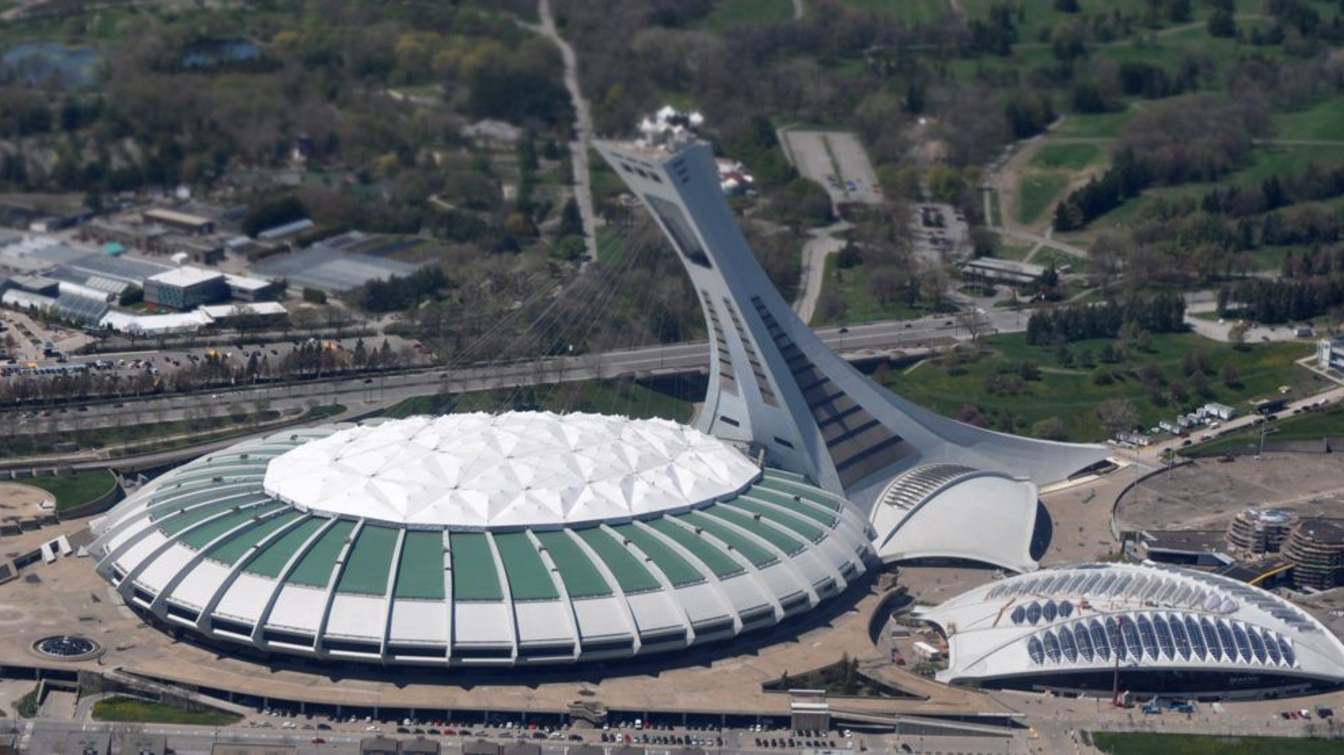 © Lilia Laurent (cc: by-sa) | Montreal Olympic Stadium (The Big O)
© Lilia Laurent (cc: by-sa) | Montreal Olympic Stadium (The Big O)
Commonwealth Stadium, tournament capacity: 56,400, Edmonton
Despite many years of involvement in organizing international events, Edmonton was not selected as a host city for the 2026 World Cup. The main issues were the outdated stadium needing renovation, a lack of sufficient guarantees from provincial authorities, and uncertainty about the scale of investment. Although the Alberta government pledged 110 million dollars, it made this dependent on being awarded at least five matches — something that didn’t align with FIFA’s model.
The artificial surface, poor past experiences reported by journalists, and the absence of a clear modernization plan discouraged FIFA. Although an inspection took place in November 2021, it did not resolve the concerns about the venue. Edmonton also lost out due to strong competition.
Soldier Field, tournament capacity: 61,500, Chicago
Chicago withdrew from the race to host the 2026 World Cup before the selection process was completed. The reason for the withdrawal was the lack of guarantees from FIFA. The city feared that vague terms and a lack of transparency would expose the budget and taxpayers to serious financial risk.
City officials accused FIFA of being unwilling to negotiate and lacking flexibility in discussions. In their view, the organization was not prepared to provide even a basic level of certainty regarding the terms of cooperation. Faced with these issues, it was decided that continuing to pursue hosting rights for the 2026 World Cup was not in Chicago’s best interest.
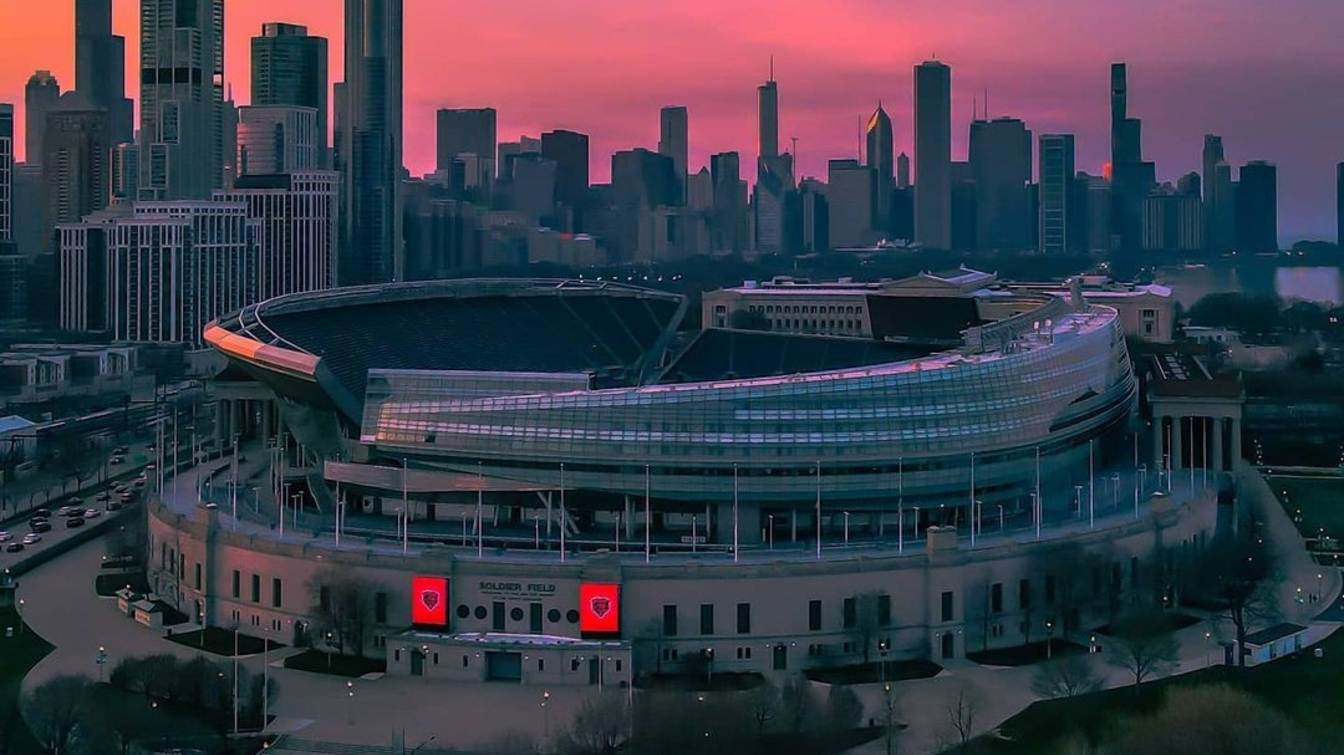 © Instagram: @joelqvisuals | Soldier Field
© Instagram: @joelqvisuals | Soldier Field
Northwest Stadium, tournament capacity: 62,000, Landover
Northwest Stadium was withdrawn from the 2026 World Cup host city selection process before FIFA announced the final list. The venue in Landover was initially the main candidate on behalf of Washington, D.C., but after a FIFA inspection, concerns were raised about its technical condition. The stadium, opened in 1997, was deemed outdated and in need of major renovations. Additional logistical problems arose, along with doubts about the organizational stability surrounding the ownership of the Washington Commanders.
In response to these concerns, Washington dropped its independent bid and joined Baltimore’s campaign, which proposed hosting matches at M&T Bank Stadium. The role of the U.S. capital was limited to hosting the fan festival on the National Mall.
Paycor Stadium, tournament capacity: 67,402, Cincinnati
Cincinnati was eliminated from the race to host the 2026 World Cup during the final stage of selection. Despite a strong campaign and readiness to carry out some of the required upgrades, FIFA did not include the city among the tournament’s 16 host venues. Paycor Stadium, formerly known as Paul Brown Stadium, would have required reconstruction of corner sections, removal of over 1,800 seats, and the installation of a new natural grass pitch.
According to some commentators, Cincinnati may have lost due to limited supporting infrastructure — particularly in terms of public transport and airport connections. It was also noted that while renovations were planned, they had not yet been completed to the extent required by FIFA.
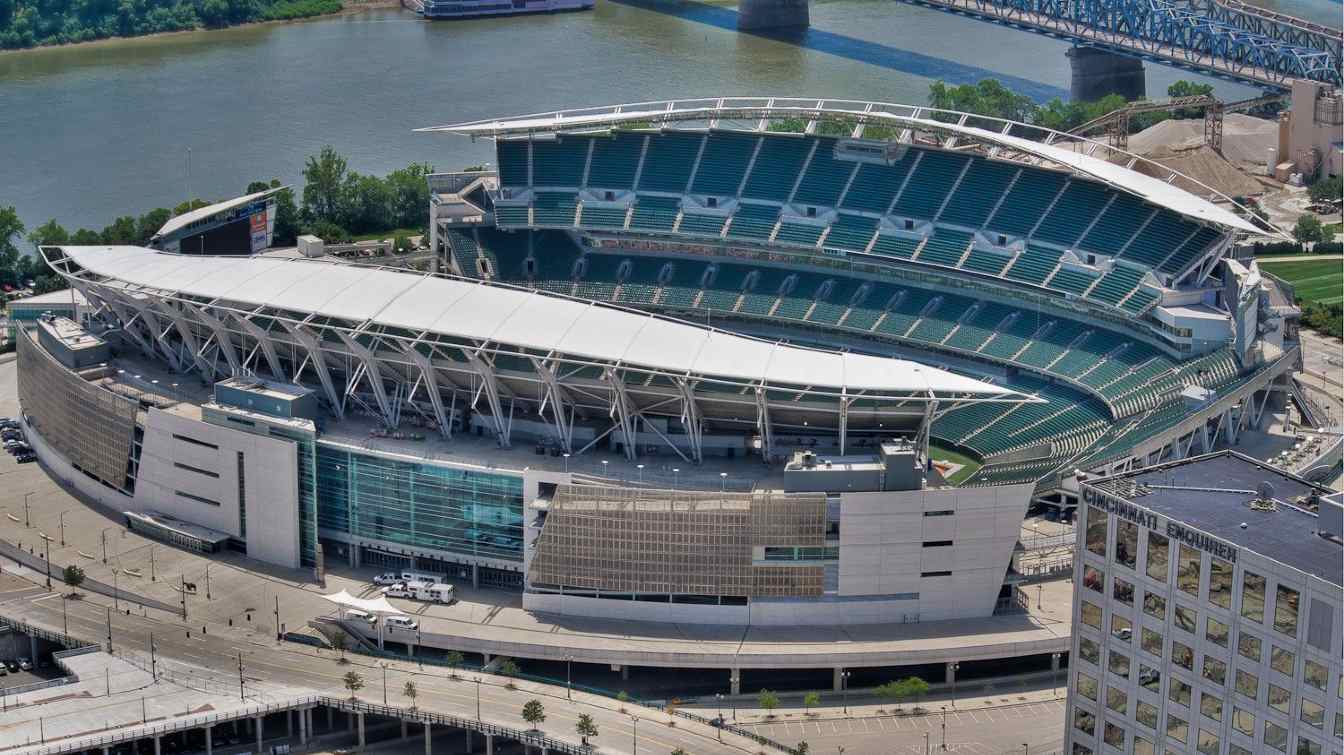 © Jim Pater (cc: by-nc-nd) | Paycor Stadium
© Jim Pater (cc: by-nc-nd) | Paycor Stadium
Nissan Stadium, tournament capacity: 69,000, Nashville
Nashville was not selected as a host city for the 2026 World Cup, despite being among the 22 finalists. FIFA did not provide an official reason for the rejection, and local organizers admitted they also did not receive any justification. One factor suggested by the media and commentators may have been the uncertain status of Nissan Stadium — its future was unclear at the time of selection, as the city was planning the construction of a new $2.2 billion venue.
Another possible reason was the market size — Nashville was the smallest of all the cities bidding to host the tournament. Although GEODIS Park, the new MLS stadium, had recently opened, its capacity was too small for World Cup requirements. Organizers have not ruled out further investment in infrastructure aimed at future major events such as the Super Bowl or Final Four.
Lucas Oil Stadium, tournament capacity: 70,000, Indianapolis
Indianapolis did not make it into the group of candidates to host 2026 World Cup matches mainly due to the surface at Lucas Oil Stadium. The venue is equipped with artificial turf, while FIFA requires all tournament stadiums to have natural grass surfaces. In the past, attempts were made to install temporary sod, but the results — such as during the match between Inter Milan and Chelsea — were judged negatively.
The issue of natural grass was decisive. The city did not commit to the costly upgrade, and the investment in a newer version of artificial turf confirmed that the direction of changes did not align with FIFA’s requirements.
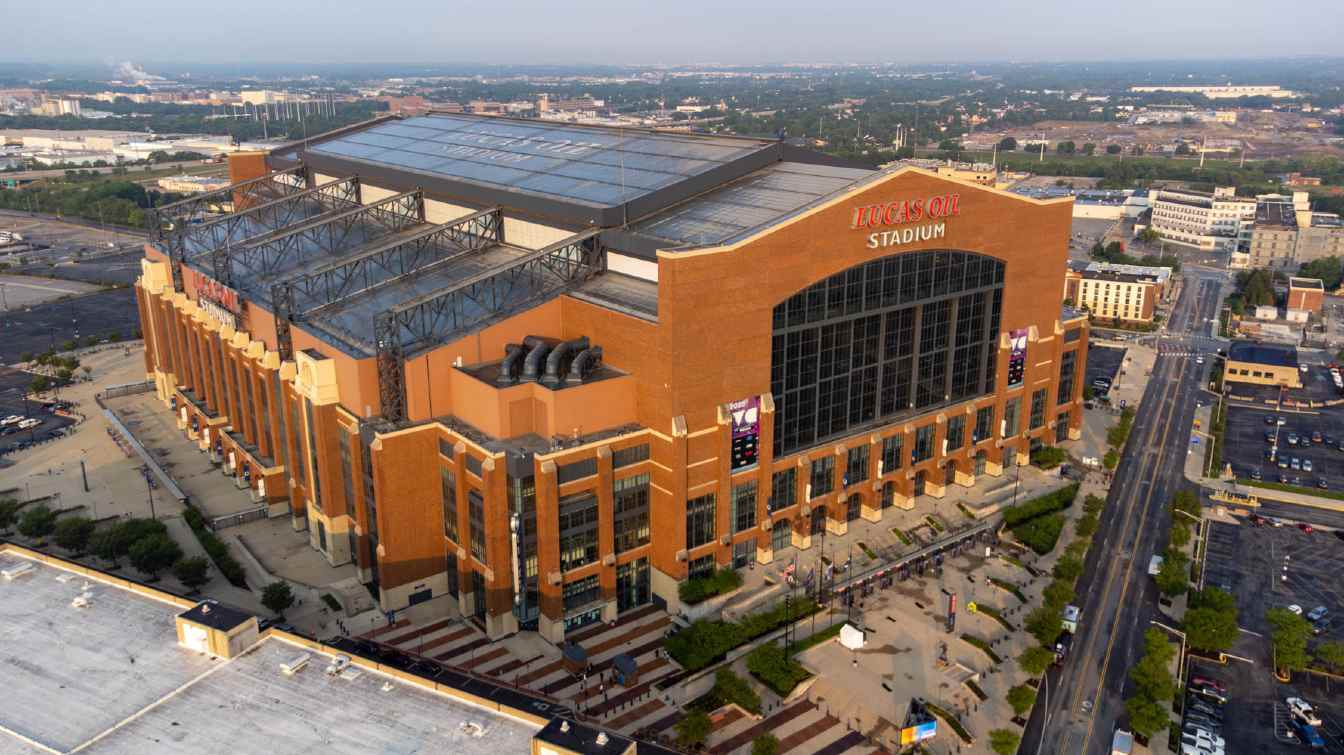 © Marco Verch (CC BY 2.0) | Lucas Oil Stadium
© Marco Verch (CC BY 2.0) | Lucas Oil Stadium
M&T Bank Stadium, tournament capacity: 70,976, Baltimore
The joint bid from Baltimore and Washington was rejected by FIFA during the selection process for 2026 World Cup host cities. Initially, Washington planned to host matches at Northwest Stadium, but after negative feedback from FIFA regarding the condition of the venue, a change of concept was made. DC teamed up with Baltimore, proposing to host matches at M&T Bank Stadium, while organizing accompanying events and fan zones in the nation’s capital.
Although the new bid was developed in response to FIFA’s suggestions, it was not included among the selected host cities. Local organizers expressed disappointment, pointing to a lack of transparency in the process and the possible influence of informal factors. It was widely noted that, for the first time in decades, the capital of the host country was not included on the list of World Cup cities, despite high viewership figures and solid infrastructure readiness in the region.
Allegiant Stadium, tournament capacity: 72,000, Las Vegas
Las Vegas withdrew from the race to host the 2026 World Cup due to technical issues and the high cost of meeting FIFA’s requirements. The key obstacle was the design of Allegiant Stadium — the pitch sits on a retractable tray, which is not wide enough to meet FIFA’s standards for space around the field. Modifications were considered, such as removing stands and adding turf beyond the tray, but it was ultimately concluded that the stadium could not meet those conditions within the required timeframe.
Another important factor was the cost of participation. According to city officials, FIFA’s requirements far exceeded initial estimates. These included the need to provide free fan zones for 20,000 people, high-end training facilities, and major infrastructure investments. Total costs could have exceeded $100 million, and the lack of clarity over who would bear those costs led to the decision to withdraw from the selection process.
 © Instagram: @michaelbittle | Allegiant Stadium
© Instagram: @michaelbittle | Allegiant Stadium
U.S. Bank Stadium, tournament capacity: 73,000, Minneapolis
Minneapolis withdrew from the bidding process for the 2026 World Cup due to a lack of agreement with FIFA on the bidding conditions.The city’s bid committee stated that it was unable to negotiate terms that would protect local partners and the community from financial risks related to possible changes in obligations. FIFA did not agree to flexibility regarding costs nor provide sufficient guarantees to limit the city’s liability.
Although Minneapolis had the necessary infrastructure and U.S. Bank Stadium could have hosted up to six matches, local authorities decided not to continue participating in the bidding process. The withdrawal was a deliberate move aimed at avoiding unpredictable costs and risks to the public budget. The decision was announced one day before the joint bid from the USA, Mexico, and Canada was submitted.
Bank of America Stadium, tournament capacity: 75,525, Charlotte
Charlotte was included on the initial list of candidates to host the 2026 World Cup but did not advance to later stages of selection. Bank of America Stadium did not meet FIFA’s pitch specifications, and adapting the venue would have involved significant costs the city was not prepared to take on.
Additionally, it was argued that Charlotte lacked sufficient infrastructure to host an event of this scale, especially compared to competing cities. In the end, the city did not submit a full bid and was left out of the further selection process.
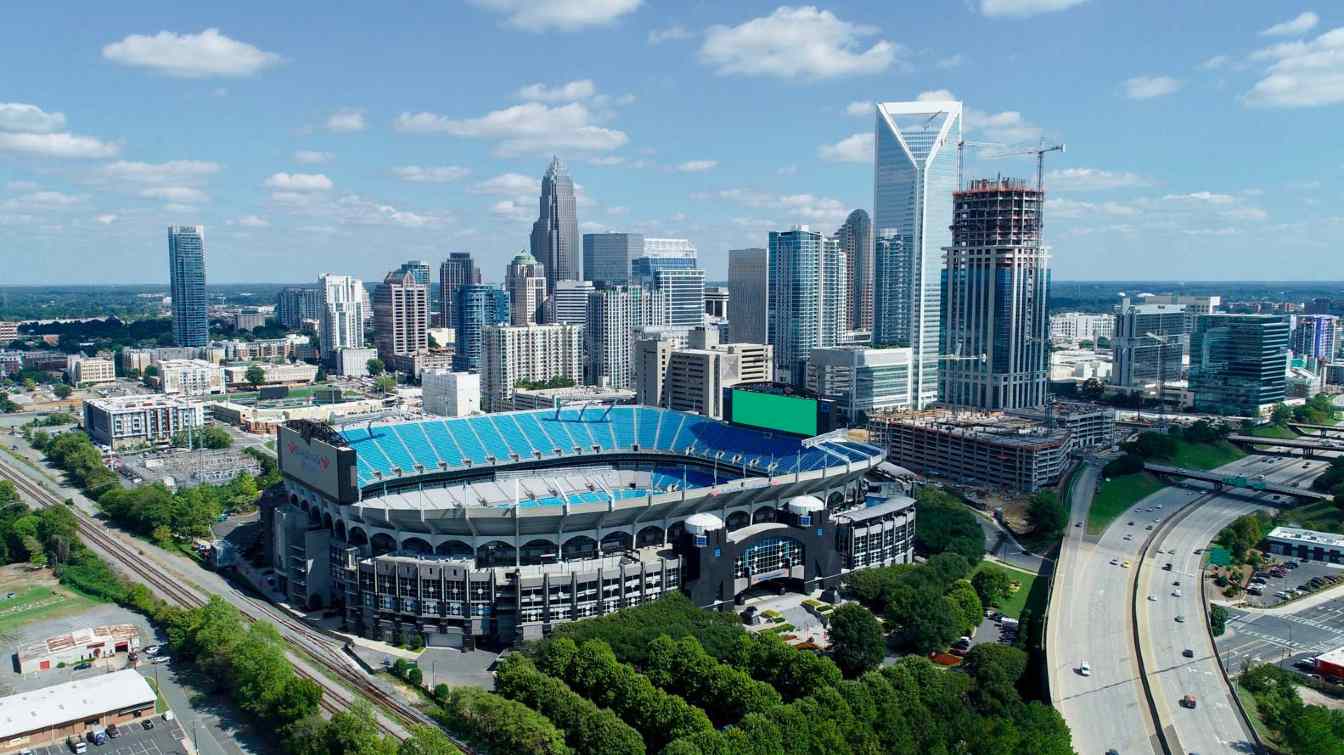 © Precisionviews (CC BY-SA 4.0) | Bank of America Stadium (Carolinas Stadium)
© Precisionviews (CC BY-SA 4.0) | Bank of America Stadium (Carolinas Stadium)
Caesars Superdome, tournament capacity: 76,438, New Orleans
New Orleans was eliminated early in the selection process due to the design of the Superdome. The venue has a fixed, non-retractable roof, which automatically excluded it from the list — FIFA requires open stadiums that allow for the growth of natural grass. Another issue was the insufficient field size, which could not be adapted without costly changes to the stadium’s infrastructure.
A second obstacle was New Orleans’ weak position in the football market — the absence of an MLS team, distance from other clubs, and a small local fanbase reduced the commercial appeal of the location. The stadium itself was not designed with football in mind, and the costs of adapting it would have been disproportionate to the expected benefits.
Empower Field at Mile High, tournament capacity: 77,595, Denver
Denver was one of the favorites to host 2026 World Cup matches but ultimately did not make the final list. Empower Field met FIFA’s requirements in terms of capacity and experience in hosting large events, but the city’s bid was considered disappointing. The main problems were a lack of full funding — only about half of the required $40–45 million had been raised — and poor transportation infrastructure, including the long distance from the airport to the stadium.
Unlike other states, Colorado did not offer public funding or tax incentives, which put the bid at a disadvantage compared to the competition. Although local leaders emphasized the city’s strategic location and its football culture, other cities were ultimately chosen to represent the region.
State Farm Stadium, tournament capacity: 78,600, Glendale
Arizona withdrew from the race after FIFA failed to clarify costly and unclear requirements placed on local authorities. The main obstacles included the obligation to grant full tax exemptions, allow unrestricted currency flows, and accept that all contracts would be subject to Swiss law.
The bidding committee concluded that meeting these demands could impose serious financial burdens on cities in the Phoenix area. Despite a strong stadium and proven experience hosting major events, the decision to withdraw was made before the final list of host cities was announced.
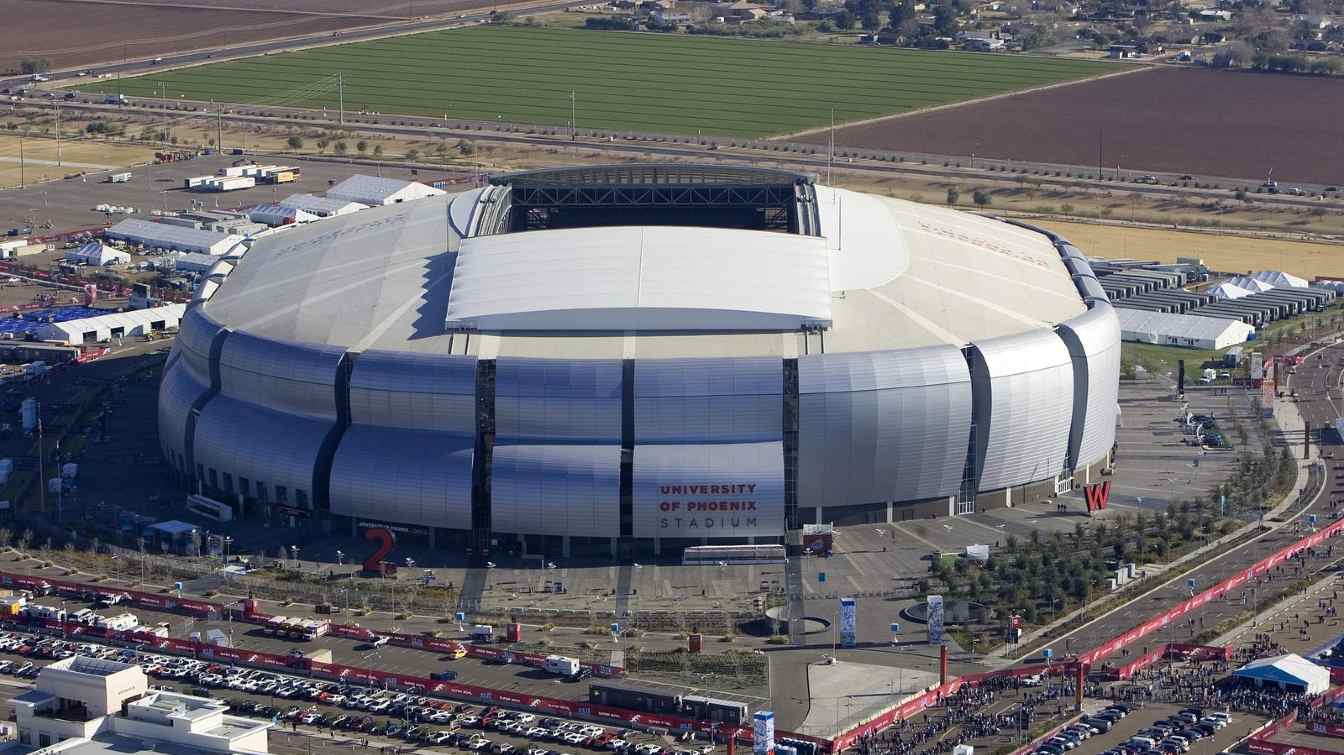 © Great Degree (cc: by) | State Farm Stadium (Cardinals Stadium)
© Great Degree (cc: by) | State Farm Stadium (Cardinals Stadium)
Advertisement
 StadiumDB
StadiumDB